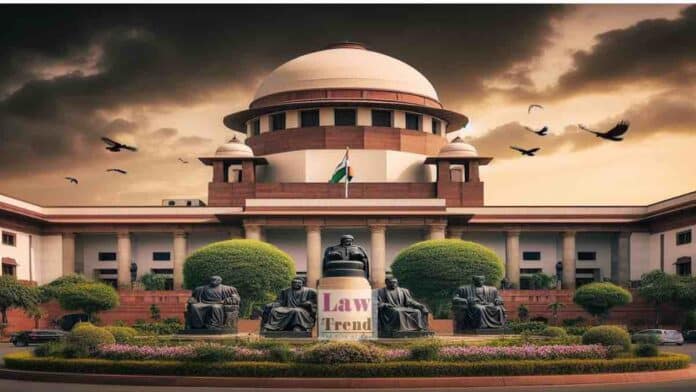The Supreme Court of India, in a significant judgment on central excise law, has ruled that the value of duty-paid “bought out items” delivered directly to a buyer’s site is not liable to be included in the assessable value of a boiler cleared from the assessee’s factory in a completely knocked down (CKD) condition. A
To Read More Please Subscribe to VIP Membership for Unlimited Access to All the Articles, Download Available Copies of Judgments/Order, Acess to Central/State Bare Acts, Advertisement Free Content, Access to More than 4000 Legal Drafts( Readymade Editable Formats of Suits, Petitions, Writs, Legal Notices, Divorce Petitions, 138 Notices, Bail Applications etc.) in Hindi and English.




